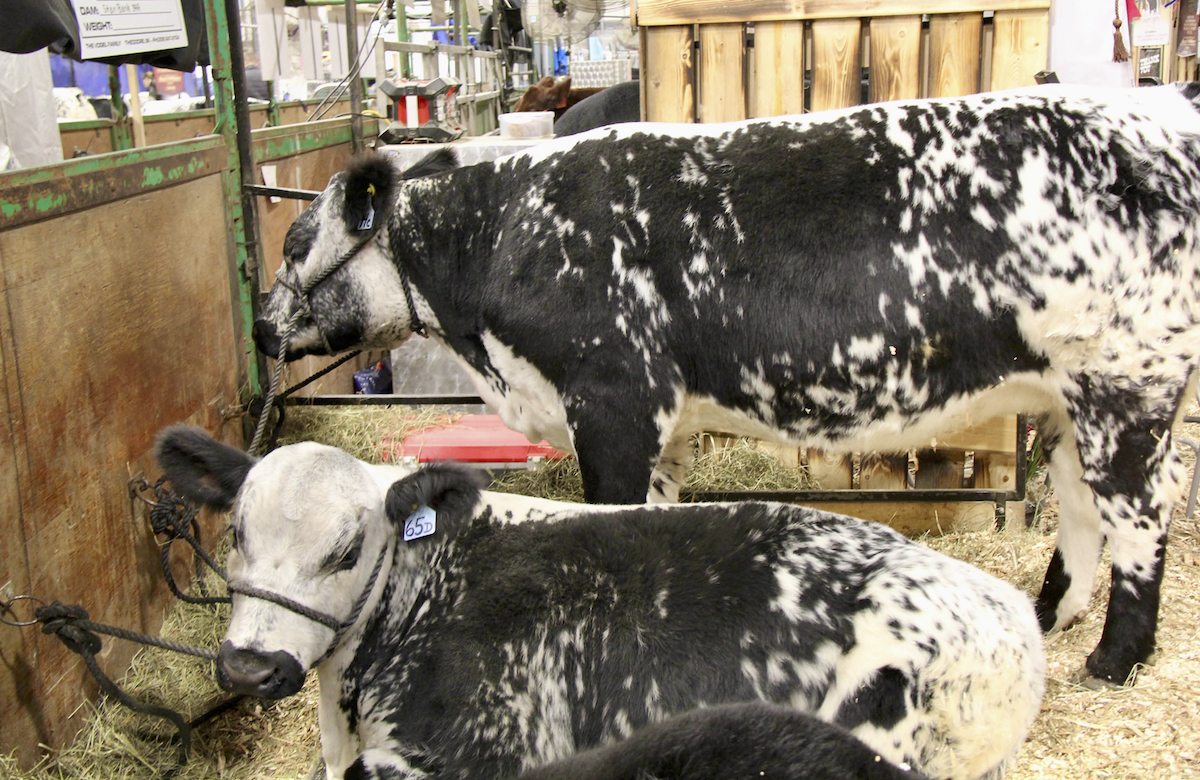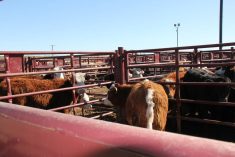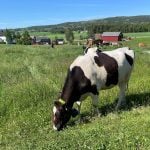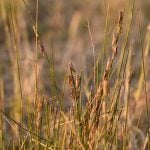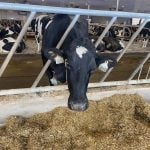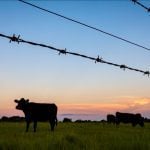Speckle Park are making their way around the world thanks to Australian interest in the Canadian breed.
It has taken eight years to build a new market, but following recent genetic sales to ranchers in Brazil, Dale Humphries of Wattle Grove Speckle Park in Oberon, New South Wales, is excited for the future of the breed.
“We were trying to develop an animal that’s got a slicker coat and more frame and leg to suit that Queensland cattle market… obviously the climate and weather (in Brazil) is fairly similar to (tropical) parts of Queensland.”
Read Also
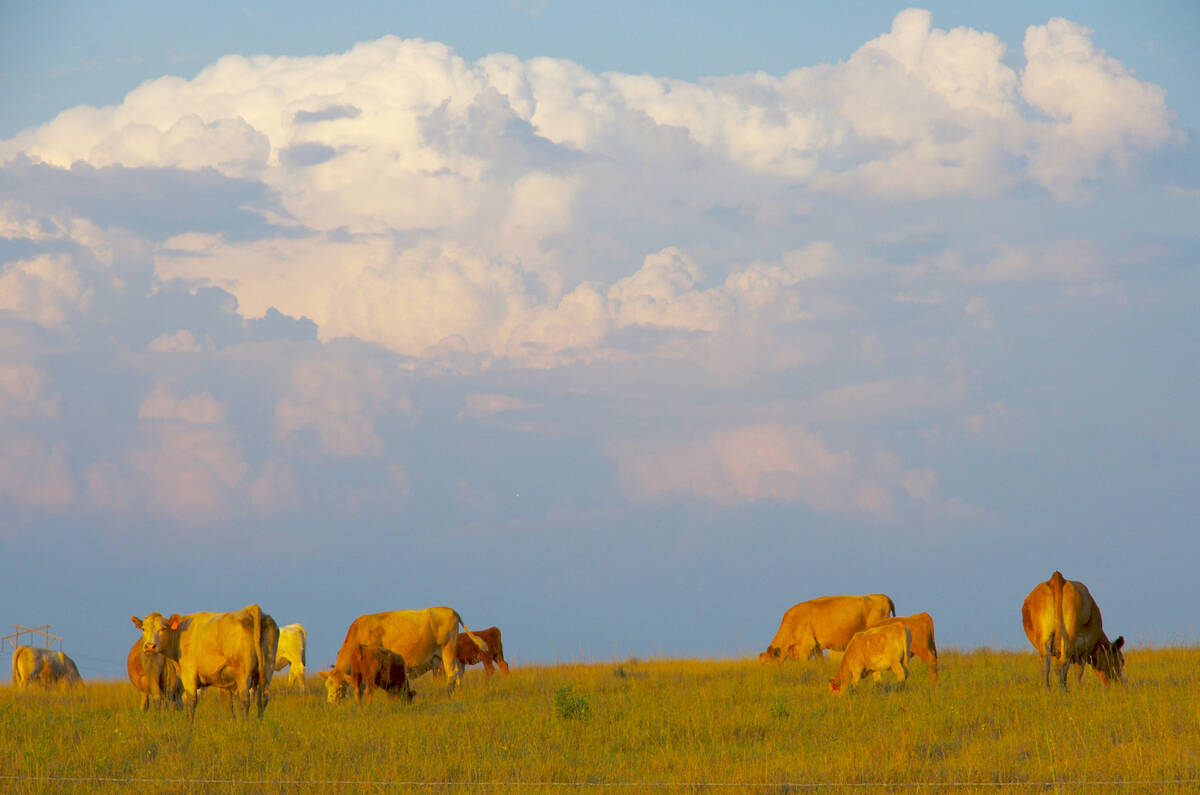
Canadian Beef Check-Off Agency reports on investments and activities
The check-off agency’s work behind the scenes is what ensures cattle check-off dollars are invested wisely, accounted for transparently and deliver measurable value back to producers and importers.
Together with Pedro Demartini, they have created Speckle Park Brasil as a way for Brazilian ranchers to purchase genetic material to build their own herds.
It’s been a slow process, but as of October 2024, Humphries said they have sent 800 purebred embryos and approximately 20,000 semen doses to Brazil from both Canada and Australia. Humphries said they have forward orders for a million semen straws per year, which will take between six to nine years to supply market demand.
“That’s a big process and a big job to even collect that many bulls and to produce that many semen straws out of Speckle Park.”
Anytime new markets are created, that’s a win-win for the global Speckle Park market, said Craig Brown of Maple Lane Stock Farm in Wetaskiwin, Alta., and vice president with the Canadian Speckle Park Association, especially with the small supply facing a big demand.
“It’s a positive anytime we can get into a new country and show off what we have.”
The breed itself was developed in Saskatchewan and was first recognized as its own distinct breed on July 6, 2006. According to the Canadian Speckle Park Association, the herd is well known for “their high-quality carcass, efficient feed conversion and their meat quality,” but with a distinct blending of black and white hair, it’s their colouring that gets them noticed the most, said Brown.
“It’s hard not to notice, but it’s what’s under that skin that counts. That’s really the best part about that animal. We’ve won lots of carcass competitions, and so we’re known for it, but the general consumer, it’s amazing how many people have never heard of this animal.”
Besides their most notable traits, back in 2008 Humphries was also drawn to the hardiness and adaptability of the breed in what can be an extremely harsh Canadian climate.
Humphries knew early on that Speckle Park had a place in the Australian cattle industry, he said, and now it has been the fastest-growing breed in Australia over the last 15 years. He started his own herd with donors from Codiak Acres in Ardrossan, Alta., and River Hill Farm just outside of Lilydale, Sask.
To date, Humphries said he’s collected over 7,000 embryos and over 50,000 semen straws from Canadian Speckle Park cattle.
Canadian breeders probably thought he was “crazy at times,” he said, taking animals more likely destined for the cull pen and taking their genetics to Australia. Humphries was looking for traits that would help the animal do better in hot weather — things like a slick coat, less hair and a lot more leg and frame.
“We knew that cold and heat are two different things. They still show that toughness and survivability in Australia and Brazil. Even when it’s 45, 50 degrees, we’ll see Speckle Park out grazing the pastures when all the other animals are in a waterhole or in the shade.”
Brown is now seeing a lot of genetic material coming back after Australian buyers spent a while driving the Canadian Speckle Park genetic market, he said.
“The amount of money guys (Canadian breeders) were making that were in it early just by having the genetics was pretty astounding. The Australians definitely drove our market for a while, and now they’re looking for us to return the favour because they’ve developed some unique breeding as well.”
Since he was looking for more “undesirable” traits in Canadian herds, Humphries said it was a cheap market until people understood what he was doing. Now these Australian traits are more desirable for Brazilian ranchers.
There hasn’t been a new cattle breed in Brazil for 35 years, said Humphries. The last one was Angus, which is finally starting to make a bigger splash in genetic sales, but that took 30 years to do, he said. Having something new for breeders, Humphries said the Brazilian government was on board with subsidies and grants available to help with the administrative costs and support.
“It’s actually slowed us down a little bit, but it has been a good thing because of getting all the documentation and registrations of the animals and all that in place.”
The project has also led to a further partnership with Brazilian researchers. The University of Brazil will be collecting data on carcass merits and the genetic traits of Speckle Park in Brazil, which requires a huge number of animals on the ground, said Humphries.
“We then artificially inseminated a lot of Angus and Nelore cattle in Brazil with Speckle Park semen, mostly from Canada, but some from Australia. That progeny was born, and then all the data was being collected from those progeny all the way through.”
According to the Instituto Brasileiro de Geografia e Estatistica (Brazilian Institute of Geography and Statistics), there were 234.4 million head of commercial cattle reported in Brazil in 2022, a number that has been on a steady increase since 2019. The Nelore breed has been the most popular breed for both milk and meat production, stated the report. While the data is still being collected with the first slaughter of Speckle Park crosses underway this fall, Humphries said the Nelore/Speckle Park crosses are showing better weight gain, better fertility and high artificial insemination success rates.
“We’ve just gotta wait now for the slaughter of those animals and then there’ll be lots of tests and studies done on the carcasses. Then we’ll move from there.”
Global management practices have also come under the microscope with this study, said Humphries. Compared to Canadian, American or Australian practices, Brazilian ranchers castrate their animals closer to 1,200 lb. before being grain fed. Whether this is a beneficial practice to the beef industry is something researchers will be looking to find out.
“We’re actually doing another trial in conjunction with that to just see the difference in weight gains and difference in castration of different ages as well,” said Humphries.
After nearly 20 trips to Canada looking for the right Speckle Park genetics for Australian weather, Humphries said that he now has more Canadian friends than Australians. Given his in-depth involvement in the industry, he has even more trips in the works. The Canadian Western Agribition is always on his social calendar, but he won’t be able to make it in 2024.
“Agribition was probably more of a social event than anything, but their international exchange program was great. And it did give you the opportunity to talk to guys from the U.K., Brazil or Argentina. It’s great for that.”
The global Speckle Park market is wide open, he said, and Canadian breeders should be seizing on that opportunity. Humphries has already looked at Argentinian appetites for Speckle Park genetics, but they don’t have the ability to add another market to their workload, he said. That just means more opportunities for Canadian breeders.
“There’s Speckle Park in Ireland and the U.K. All those genetics have all come from Saskatchewan.”
The United States and European markets are also looking for more genetic diversity and there’s a large market share out there, said Brown.
“It’s a positive anytime we can get into a new country and show off what we have.”

